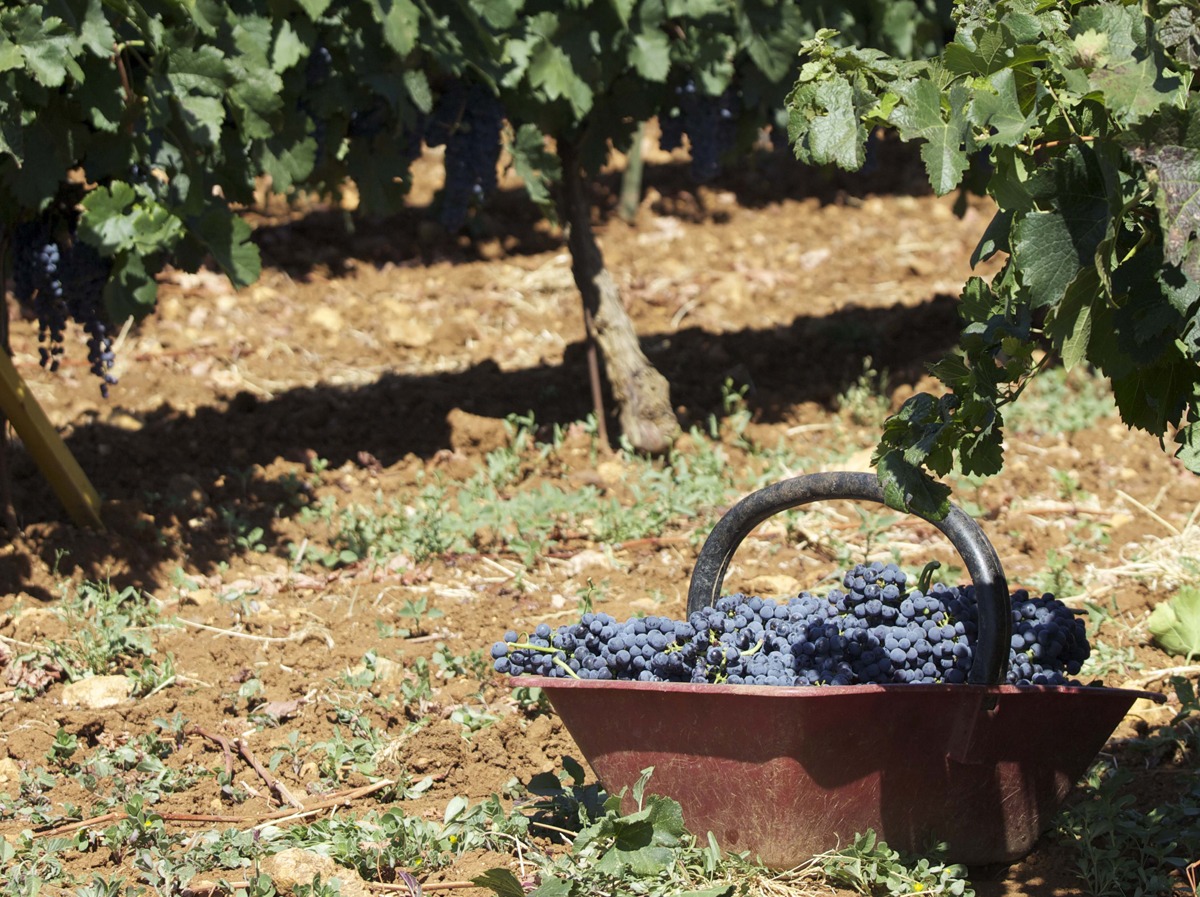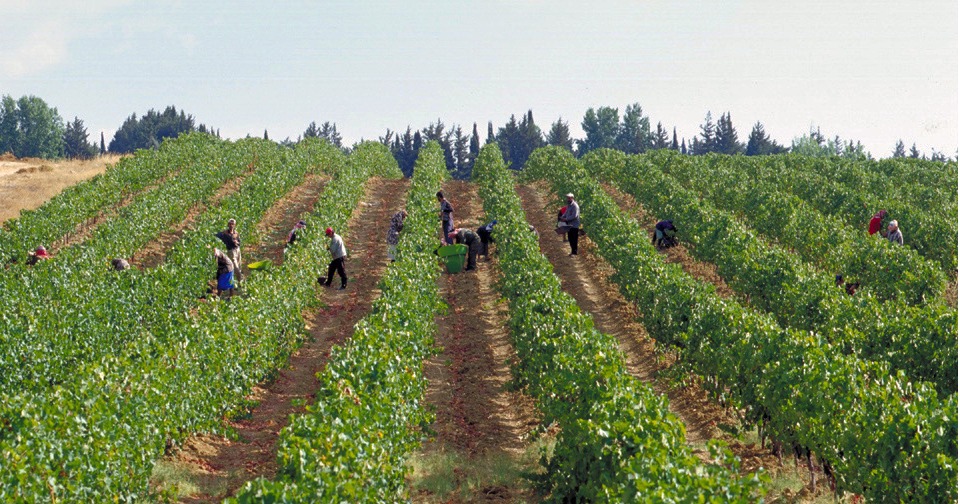The tradition of Lebanon’s national drink, arak, remains an essential part of the Lebanese table. We speak to wine and beverage specialist Najib Moutran to explore its unique flavor.
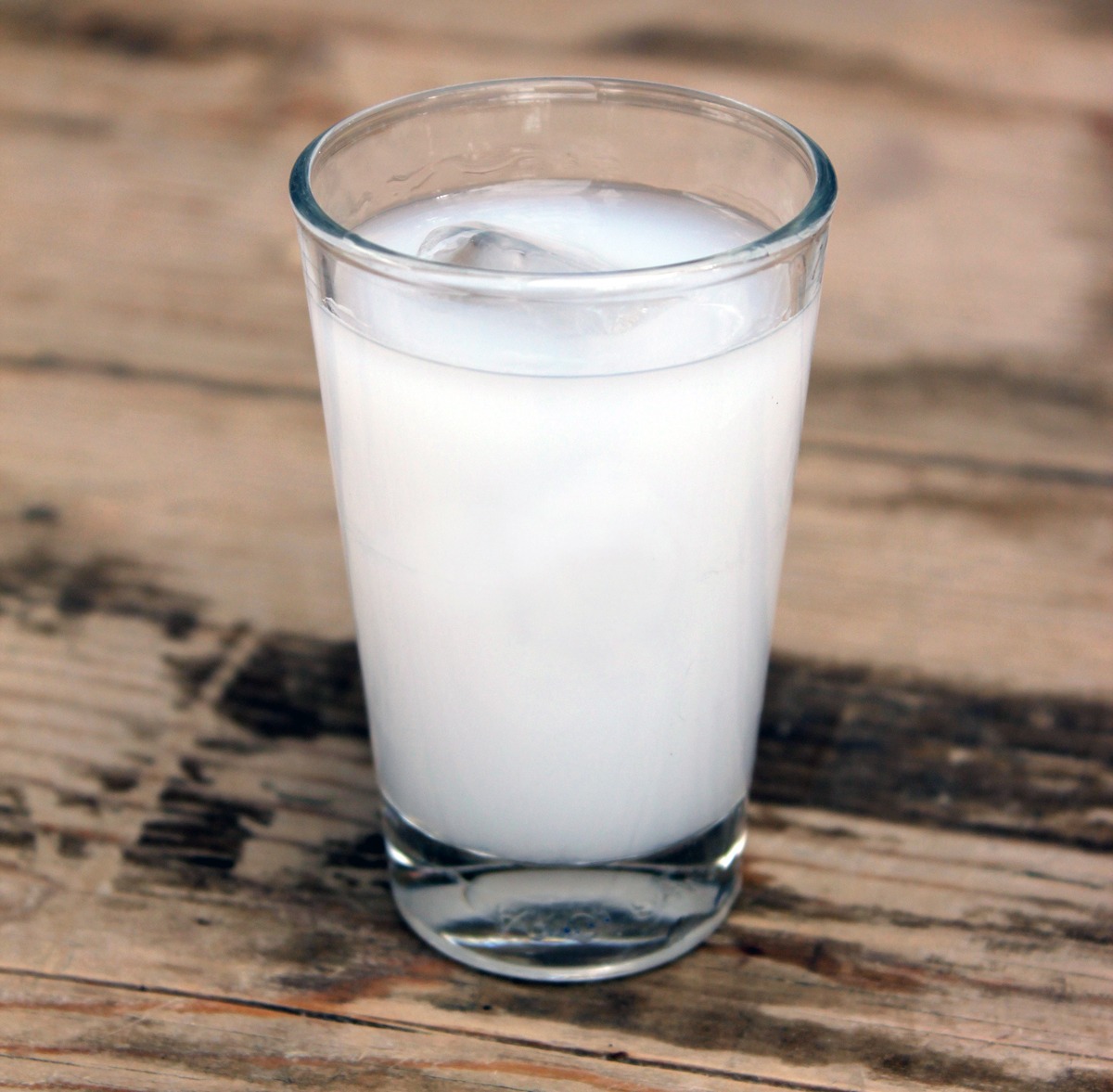 It’s the typical Lebanese scene – a weekend lunch with friends and family, who are seated around a feast of mezze. A jigsaw puzzle of little plates cover the table and there’s a jug of arak to share.
It’s the typical Lebanese scene – a weekend lunch with friends and family, who are seated around a feast of mezze. A jigsaw puzzle of little plates cover the table and there’s a jug of arak to share.
Lebanon’s national drink, arak, is usually served at a 1:2 ratio with water. The sight of the anise reacting with the water to form a white plume that consumes the whole ibrik – a traditional Levantine vessel – is intoxicating in itself.
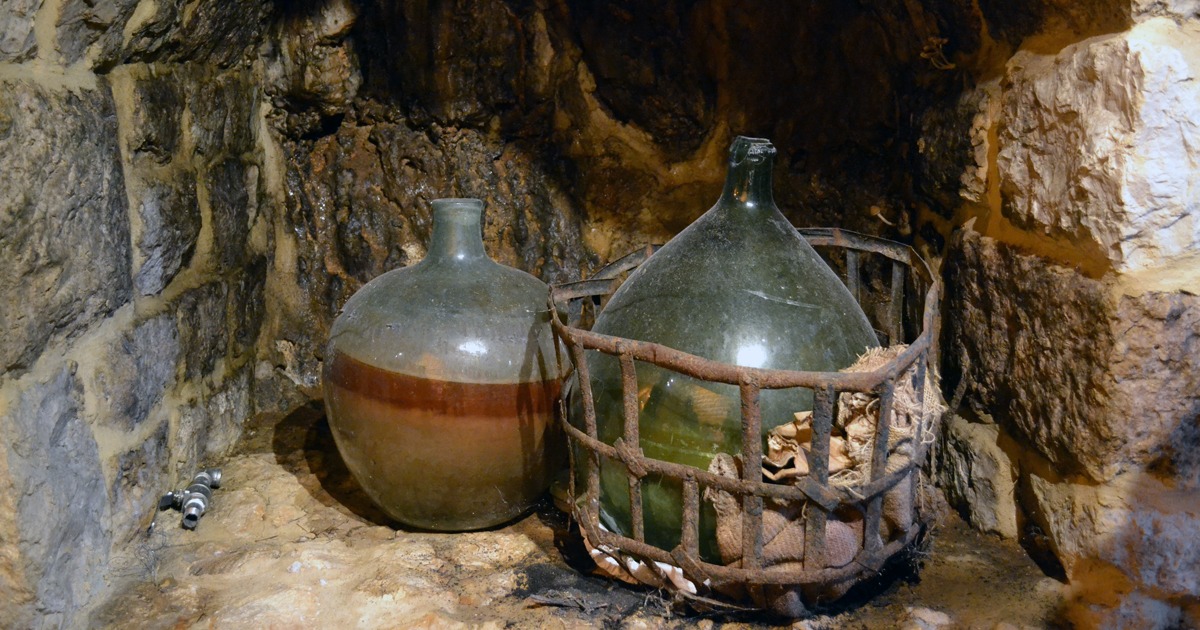 “Arak is the only beverage that can be your loyal companion throughout a meal,” says Najib Moutran, wine and beverage specialist. Moutran, who also specializes in sensorial analysis – the scientific study of the human reaction to food and drink – explains that the ability of arak to clear the palate is what makes it such a good option during meals.
“Arak is the only beverage that can be your loyal companion throughout a meal,” says Najib Moutran, wine and beverage specialist. Moutran, who also specializes in sensorial analysis – the scientific study of the human reaction to food and drink – explains that the ability of arak to clear the palate is what makes it such a good option during meals.
“If you’re eating tabbouleh with a lot of onion and you drink arak, it will wash away the onion. If you’re eating grilled chicken with garlic, arak will wash away the garlic. Then you can eat whatever you want to eat. Arak has the role of [cleansing] your palate and introducing a new taste,” he says.
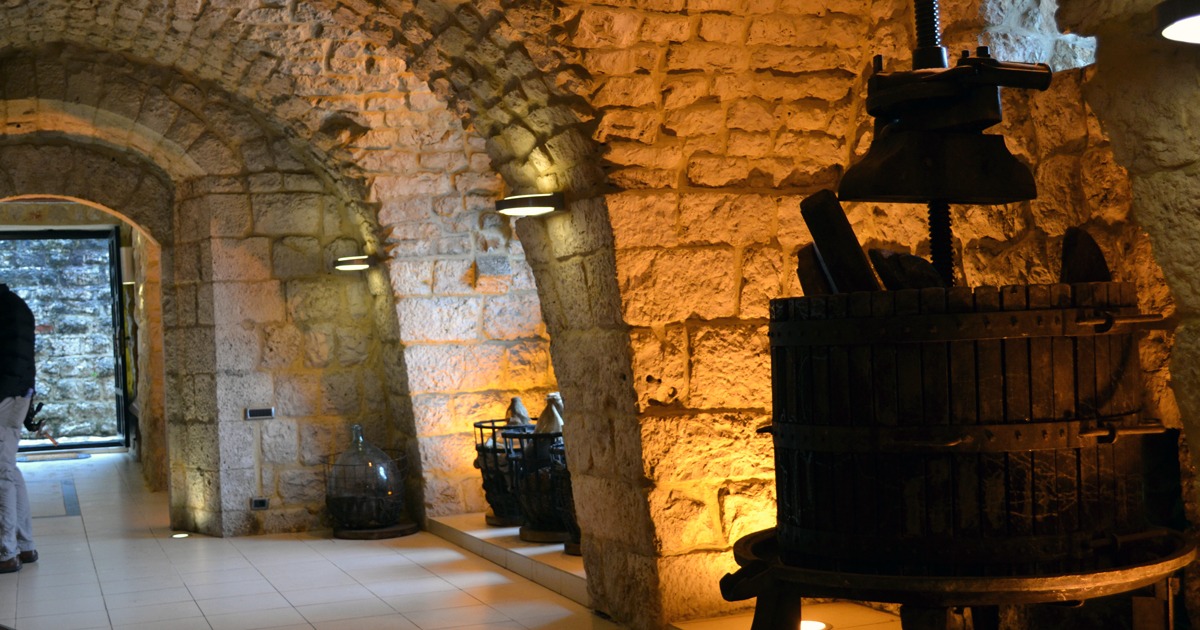
“During the Turkish occupation, many of the Lebanese vineyards dating back to ancient times were eradicated and pulled out for religious reasons because the Ottoman Empire did not allow alcohol consumption.” Arak was a much easier alcohol to produce and families with grape trees outside their houses would make arak in secret as there was no need for a vineyard, Moutran adds.
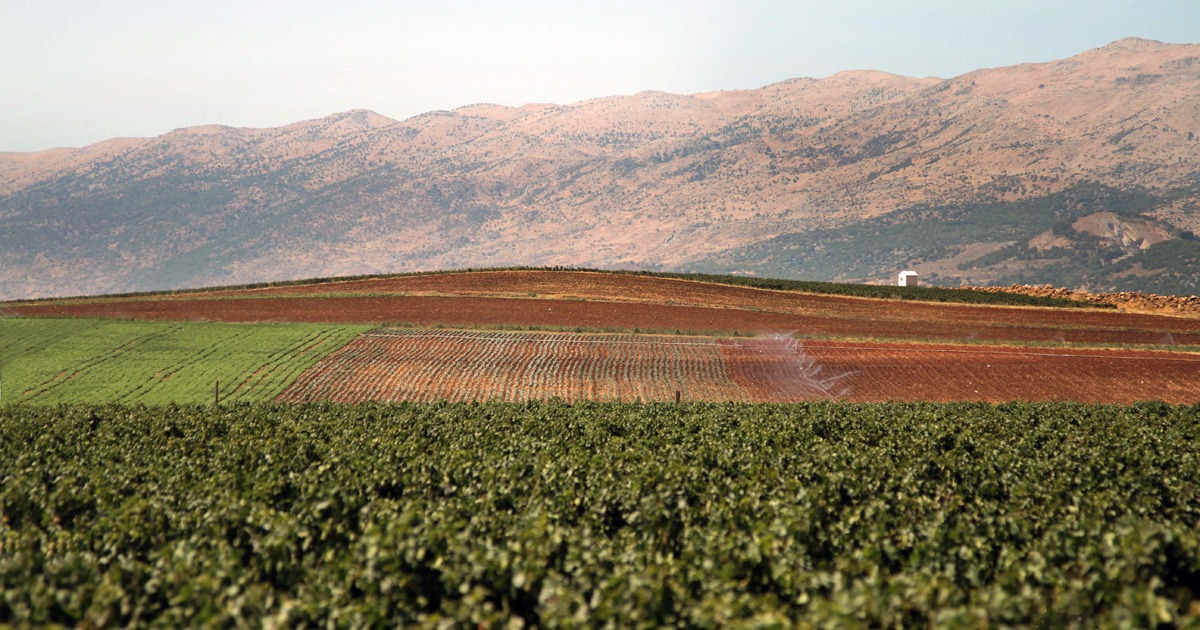
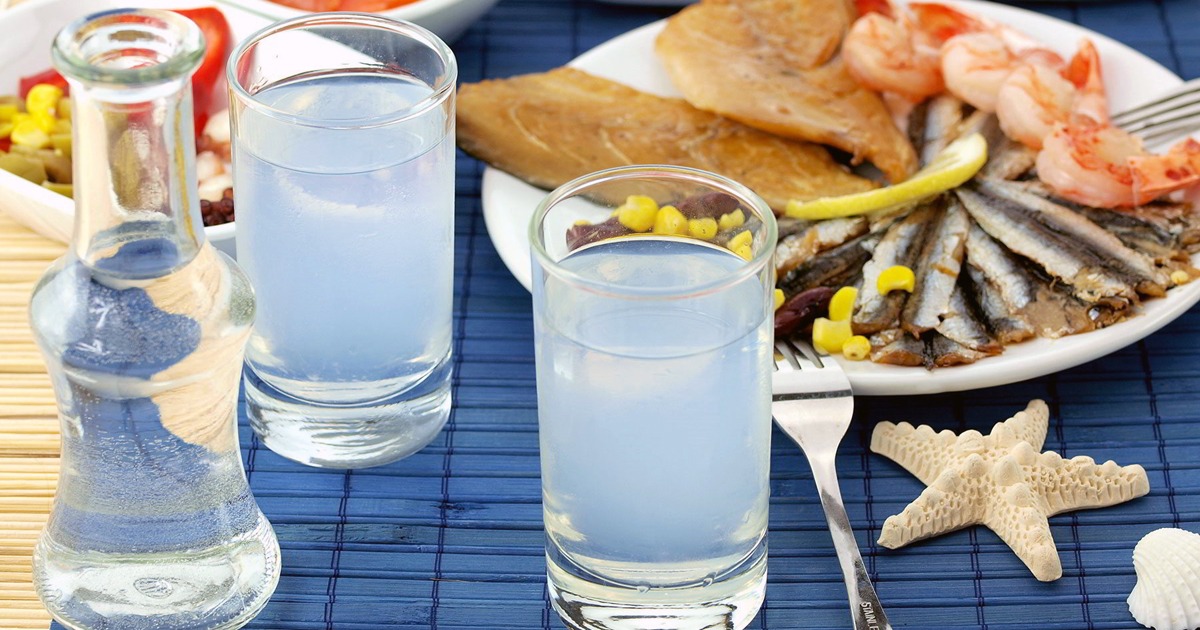
Lebanon’s largest wine makers all have their own brands of arak. There are also more artisanal, arak-only distilleries. However, arak has taken a hit for a variety of reasons, such as the rising popularity of imported spirits like whiskey and Lebanon’s burgeoning wine culture.
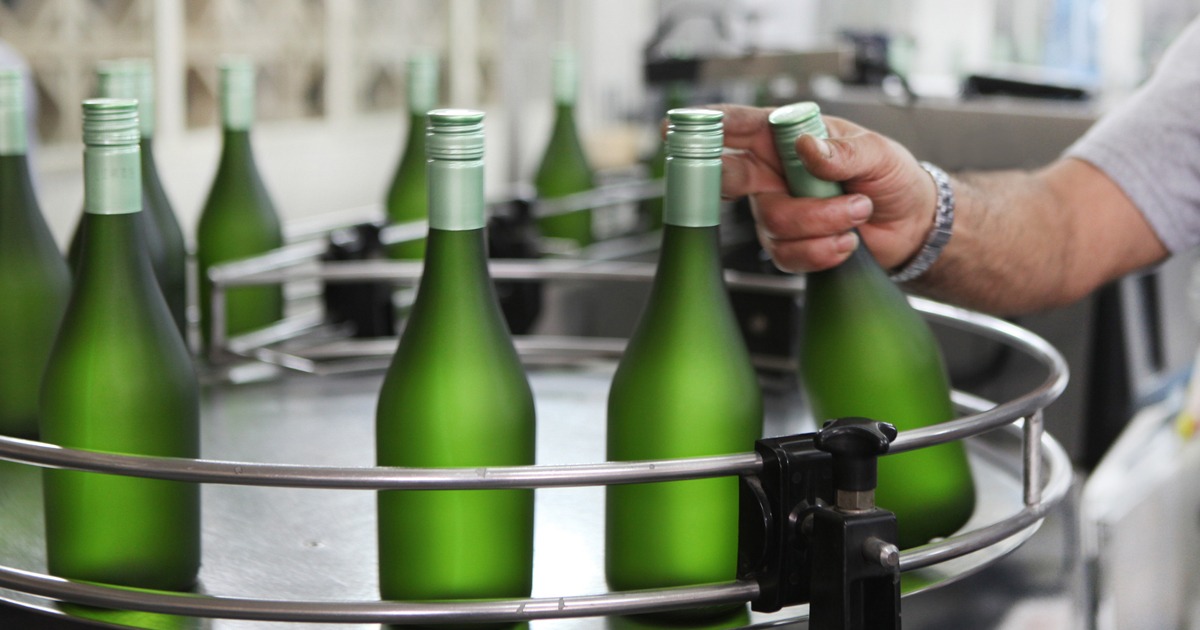
Also, many people would rather give a bottle of wine as a gift as it offers more variety – in terms of both age and cost – to make a larger statement, whereas arak’s price is more or less set at around 18,000 LBP and it is not often distinguished by age.
